Beliefs about land
Through research on the beliefs of the Muong people in Thanh Hoa , Dr. Quach Cong Nam stated: The folk beliefs about land of the Muong people are vividly expressed, mainly concentrated in the worship rituals organized by the people every year.
The Muong people in Ba Thuoc also have the concept that "The land has a god, the river has a river god". For the Muong people, the god is the god of the land responsible for managing the land and protecting the lives and health of the villagers. Therefore, people in the villages and Muongs all build houses (nha san) to worship this god.
In Cha village (Muong Ong), every year in February and March of the lunar calendar, the village chief and village leader gather villagers to worship the god. About every 4 to 5 years, the village organizes a big buffalo worshiping ceremony for the god. After the worship, the whole village gathers to eat and drink at the place where the god is worshiped. The Muong people also believe that each field and plot of land has a guardian god. Therefore, worshiping the god of the field has become a popular custom among the Muong people of Thanh Hoa.
In Seo village alone (Muong Kho), there used to be 3 places to worship the god of the field in 3 large fields (Seo field, Con field, Don field). Every year, farming families in these fields hold ceremonies to worship the god of the field twice before planting and after harvesting with the purpose of praying and thanking the god of the field for blessing their families with prosperity.
In particular, the Muong people also highly value and protect the land. Therefore, in some villages during the Lunar New Year, people avoid using sharp objects to stab the ground so as not to disturb the land... In general, the land has been sanctified by the Muong people, showing "respect". This is a very typical indigenous belief of the Muong people.
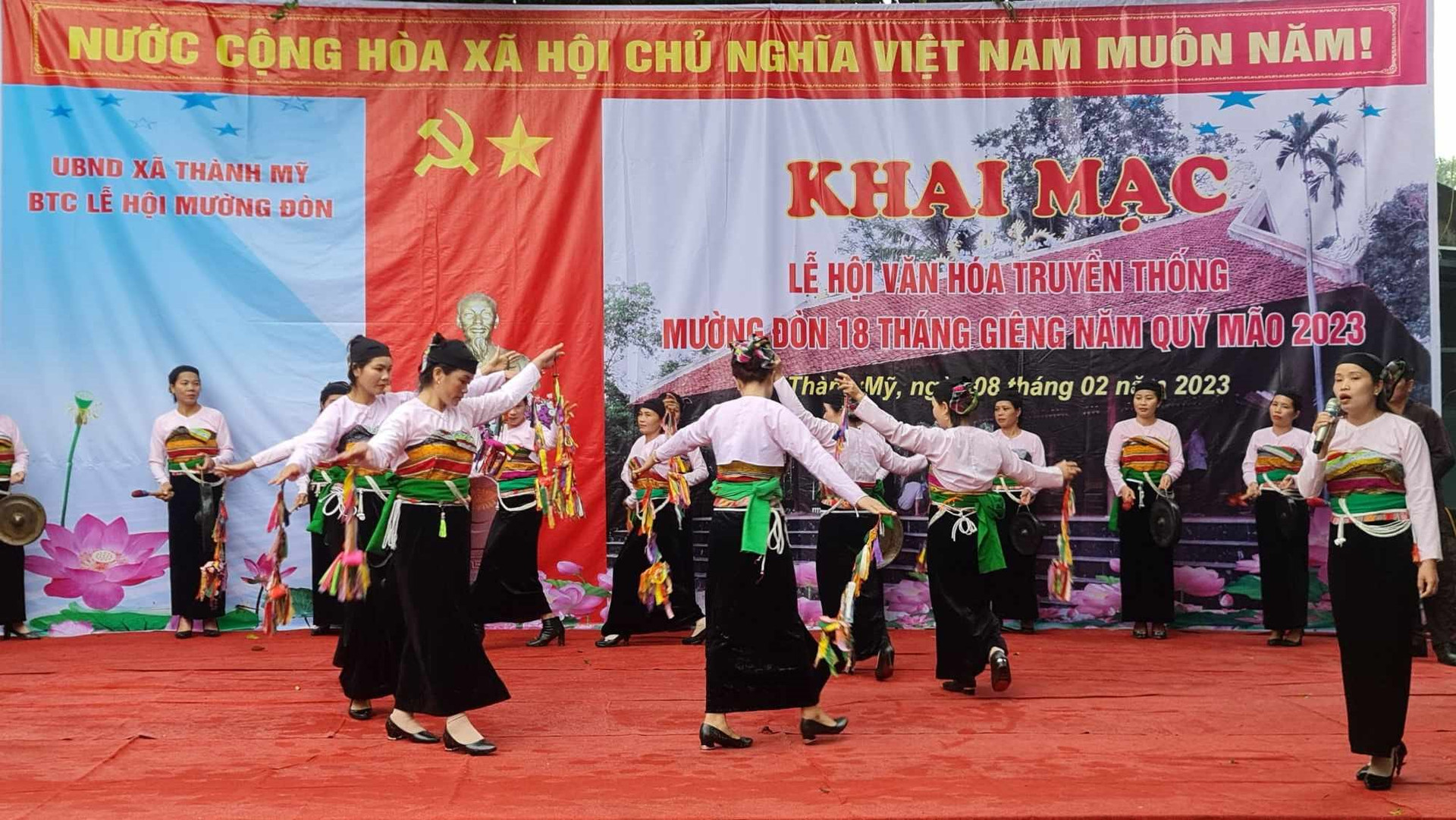
Beliefs about water
To have water for drinking, daily life and production, in the past, in addition to the conventions in using and managing to protect water resources, the Muong people also had beliefs about water, expressed in rain-praying and water-praying rituals... Ethnologist Tu Chi interpreted the worldview of the Muong people with the model of "3-layer universe - 4 worlds". The lowest layer of the universe is Muong Bua Khu (Muong Vua Khu). Currently, the Muong people still pass down many legends about the water world. The Khu species that people call King Khu (Bua Khu), is similar to the concept of the Water King of the Vietnamese (Kinh).
Dr. Quach Cong Nam said that, for the Muong people in Thanh Hoa in general, there is also the concept of water king - water ghost - water god as the god who governs the water world. The water god in the folk imagination of the Muong people is a snake, shaped like a dragon, often residing in deep puddles, water wharves or rivers and streams in the village. The water god can harm the lives of villagers, causing floods and droughts when the water god is not pleased with people.
An important water source for the ancient Muong people in the villages is the Mo water source (vo rac). In the Muong mind, this is the purest underground water source of heaven and earth, so most rituals that require water must use this underground water source for worship, especially in ancestor worship and worshiping ceremonies during Tet. In some places, people also consider Mo water as sacred water, anyone who is seriously ill and about to die also wants to drink this water source.
Muong people in Muong Kho, Muong Ong, Muong Ai... in the past as well as now have the custom of going to get water to pray for luck at the beginning of the year. No one tells anyone, but after New Year's Eve, villagers gather at the spring. People believe that the earlier they go, the luckier the family will be in that year, blessed by heaven and earth, bestowed with blessings and prosperous business because they can get the dragon's head water. In addition, shamans and witch doctors used the spring water to cure diseases and ward off evil spirits. In traditional society, many Muong villages organize the "cau rac" rain and water praying ceremony at the beginning of the year. In the past, in some Muong villages, if the spring water stopped flowing, the commune would prepare a tray of food, including a white rooster, and offer it at the spring water to ask the water god to let the water flow again. Why do we have to offer a white rooster (including Muong people in Hoa Binh )? Until now, the Muong people still have not had a satisfactory explanation.
At the end of March and the beginning of April of the lunar calendar, this is the time of transition from the dry season to the rainy season, the new water worship ceremony is carried out quite synchronously in all Muong villages in Ba Thuoc, Cam Thuy, Lang Chanh, Ngoc Lac...
In Cam Tu commune, Cam Thuy district, at the end of March and the beginning of April of the lunar calendar, many villages hold water celebrations. That is the season when the water rises, fish are caught and grilled, then mixed with sticky rice and steamed to make offerings at the village communal house. In addition, beliefs about water are also expressed through festivals, associated with games such as "dragon and snake going up to the clouds" or "dragon and snake fighting"... In general, water is not only valuable in daily life such as eating, drinking, living, production... but water also has meaning in spiritual life, is sanctified by the Muong people to show "respect" for water, and water is indispensable in many other cases related to beliefs.
Beliefs about the forest
“With the belief in animism, the ancient Muong people believed that ancient trees, especially banyan trees, kapok trees, oak trees, etc., all had spirits. Therefore, people abstained from cutting down these trees indiscriminately, especially in upstream forests, sacred forests, and ghost forests,” said Dr. Quach Cong Nam.
According to old customs, Muong people avoid using banyan trees to build houses because this is a sacred tree related to human longevity. Previously, Muong people in Muong Ong avoided cutting rare trees, ancient trees such as the Chò tree, the tree without bearing... They believe that the Chò tree is the master tree of the forest, if cut down, it will affect the forest. People also believe that the Chò tree is the tree of the ghost (water ghost). If anyone uses that tree as a house pillar, the ghost will pull it into the ground and the house will collapse.
The Muong hunting guilds in Muong Kho, Muong Ong... used to be very taboo about shooting pregnant animals, especially pregnant deer. They believed that killing pregnant animals was unlucky, and that hunting during the whole hunting season would not be effective. According to customary law, no one in the village was allowed to hunt, pick bamboo shoots, clear fields for farming... in the forbidden forest or sacred forest of the village. If anyone violated the law and caused a relative in the house or village to get sick or encounter bad luck, that person was responsible for slaughtering a pig or buffalo to worship the forest god at the exact place where the violation occurred.
In some villages in the past, there were strict taboos in hunting. During a hunting trip, if a hunter encountered a herd of animals, he was only allowed to shoot one animal. If he shot a second animal, he would violate the forest god's prohibition. If someone accidentally shot the second animal, he had to transfer the animal to someone else to prove to the gods that he had only shot one animal. If there was no one to give the animal he had shot, the hunter had to bring both animals home to butcher and offer to the forest god, and ask the forest god to forgive him for his mistake. The real meaning of this custom was to protect the animal resources while hunting. In the past, if he hunted a large animal (from a wild boar, deer, roe deer or larger), he had to perform a ceremony to worship the king of the forest.
The remnants of totemism in the past in Muong society are very strong, therefore Muong people have certain taboos in hunting. They abstain from hunting as well as eating animals that they consider to be closely related to them, that helped their ancestors. For example, the Truong family abstains from eating tiger and monkey meat; the Ha family abstains from eating cuckoo meat; the Bui family abstains from eating monitor lizard meat...
Notable is the custom of worshipping tigers, sometimes people worship the spirit of a tiger that has eaten many people and worship the person who was eaten by the tiger. All of this is for the purpose of keeping the village peaceful. This custom before the August Revolution was still seen in Thach Lam, Thach Tuong (Thach Thanh), Cam Luong (Cam Thuy) and many other places.
In Seo village (formerly part of Muong Kho), the Truong Cong family worships the tiger god and abstains from eating tiger meat. The head of the Truong Cong family still keeps the tiger altar left by his ancestors. The reason for worshiping the tiger, as told by the elders in the family, is that the tiger saved the ancestors of many generations of this family from a disaster and from then on swore not to eat tiger meat and worshiped the tiger as a savior. To remember that merit, the family set up an altar to worship the tiger as if it were their ancestors.
In general, the Muong people's beliefs about forests are closely linked to totemic beliefs and taboos in exploiting flora and fauna. This is a primitive form of indigenous belief that still has strong remnants in the religious life of the Muong people.
Source


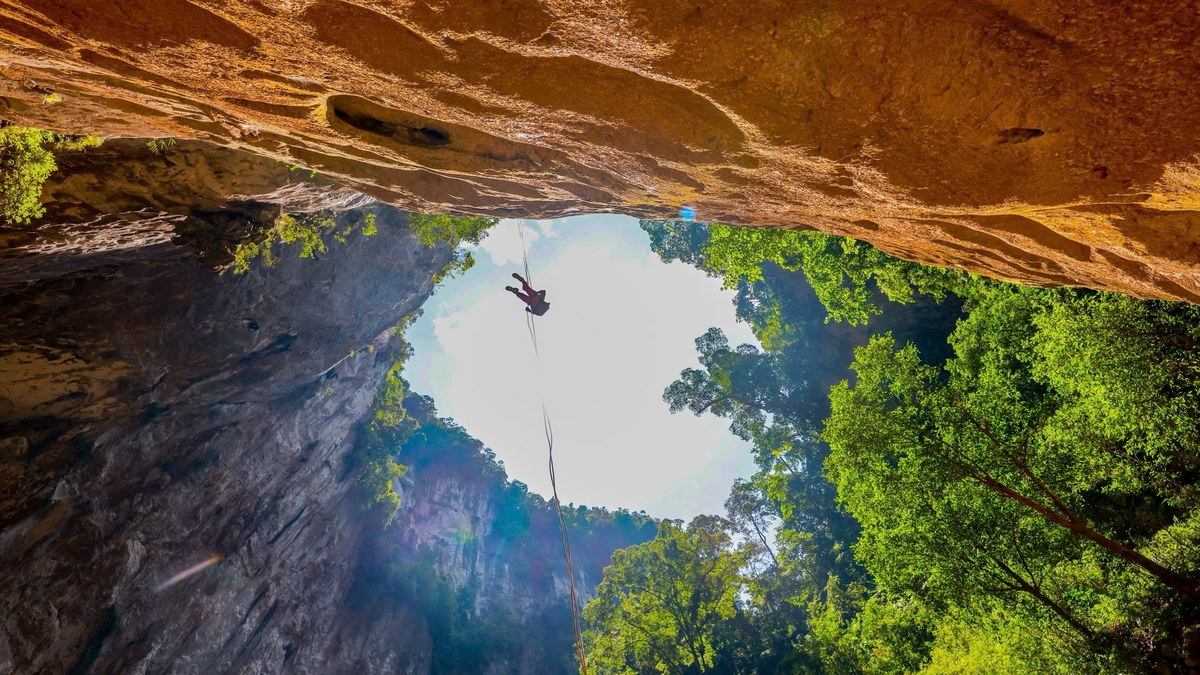


![[Photo] The 5th Patriotic Emulation Congress of the Central Inspection Commission](https://vphoto.vietnam.vn/thumb/1200x675/vietnam/resource/IMAGE/2025/10/27/1761566862838_ndo_br_1-1858-jpg.webp)
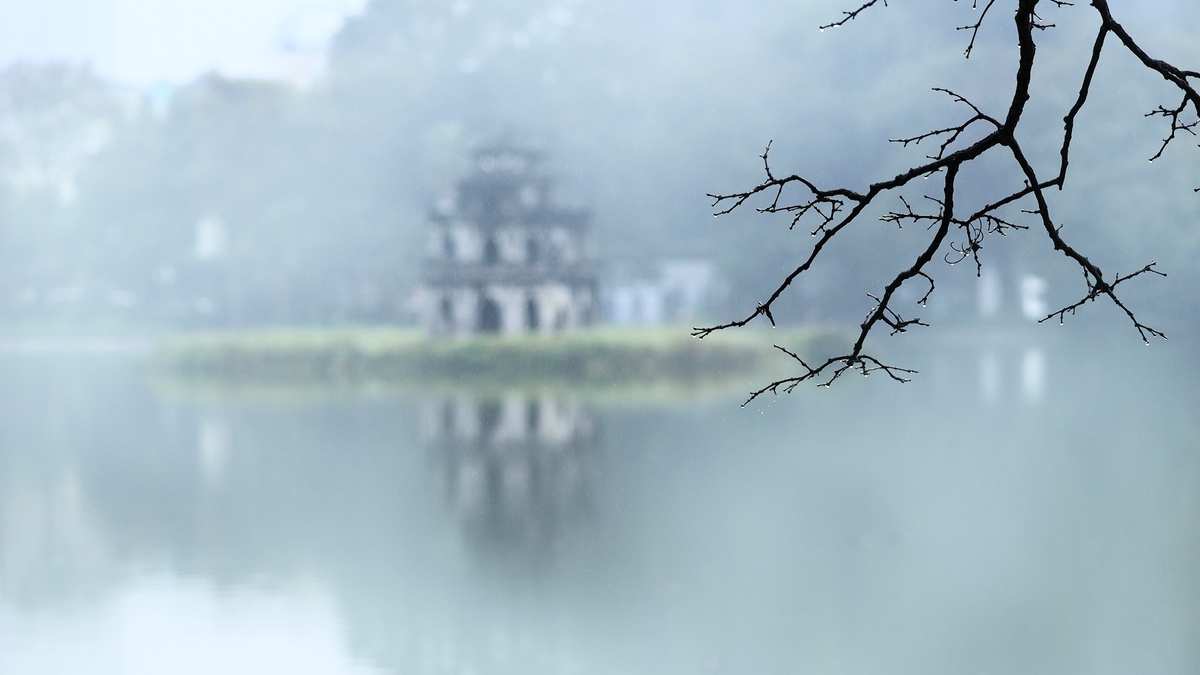

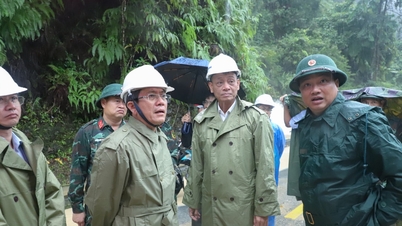



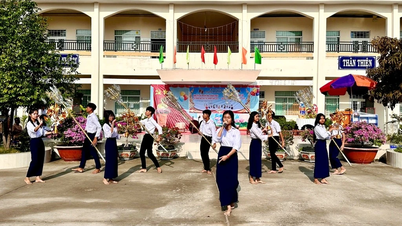

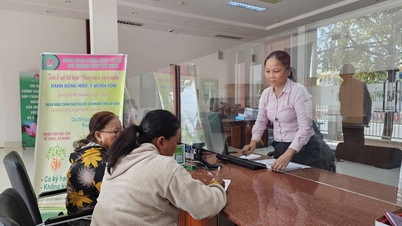

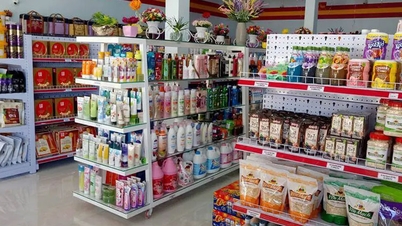

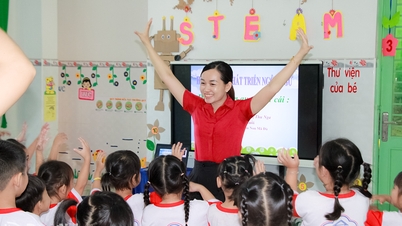





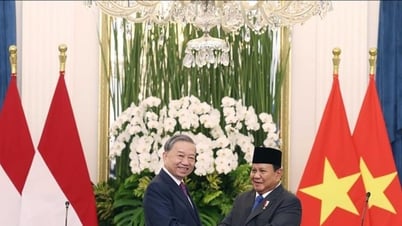
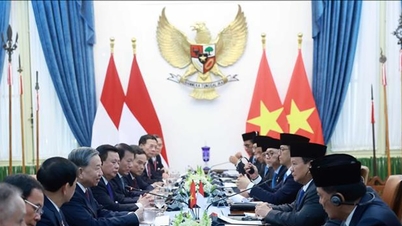
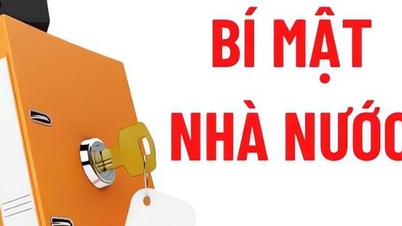
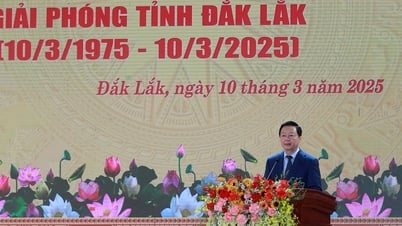

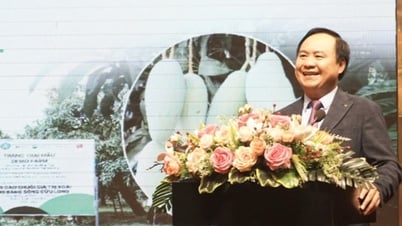
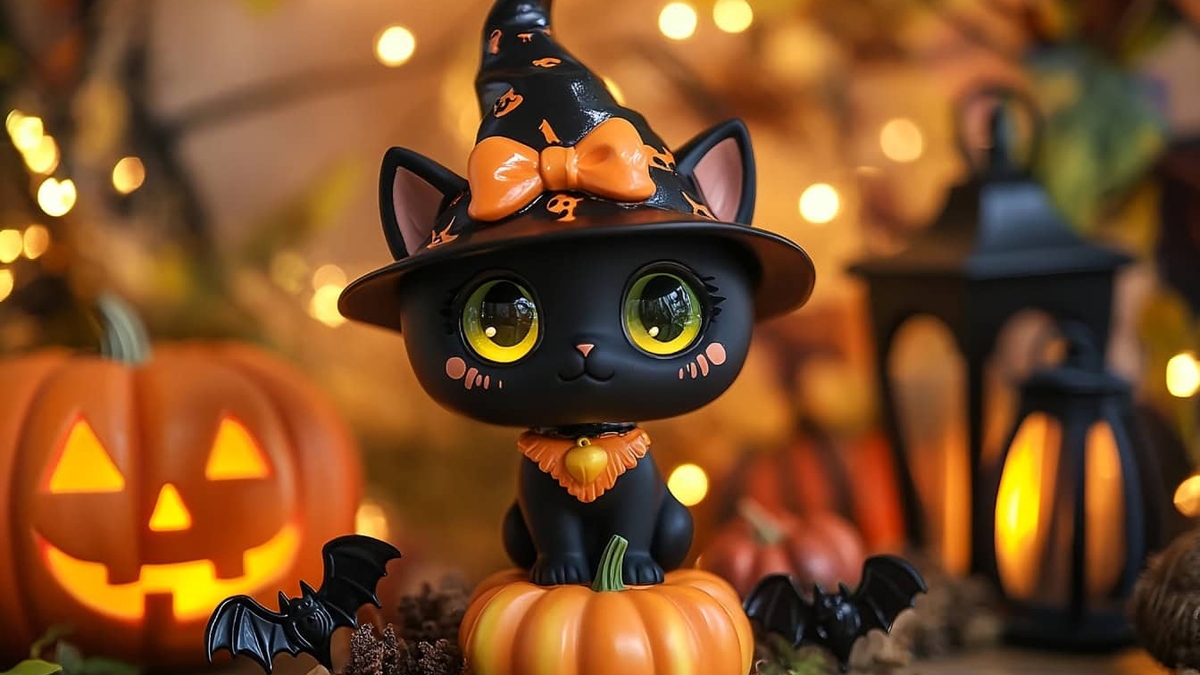
![[Photo] National Assembly Chairman Tran Thanh Man receives Chairman of the House of Representatives of Uzbekistan Nuriddin Ismoilov](https://vphoto.vietnam.vn/thumb/1200x675/vietnam/resource/IMAGE/2025/10/27/1761542647910_bnd-2610-jpg.webp)
![[Photo] Party Committees of Central Party agencies summarize the implementation of Resolution No. 18-NQ/TW and the direction of the Party Congress](https://vphoto.vietnam.vn/thumb/1200x675/vietnam/resource/IMAGE/2025/10/27/1761545645968_ndo_br_1-jpg.webp)
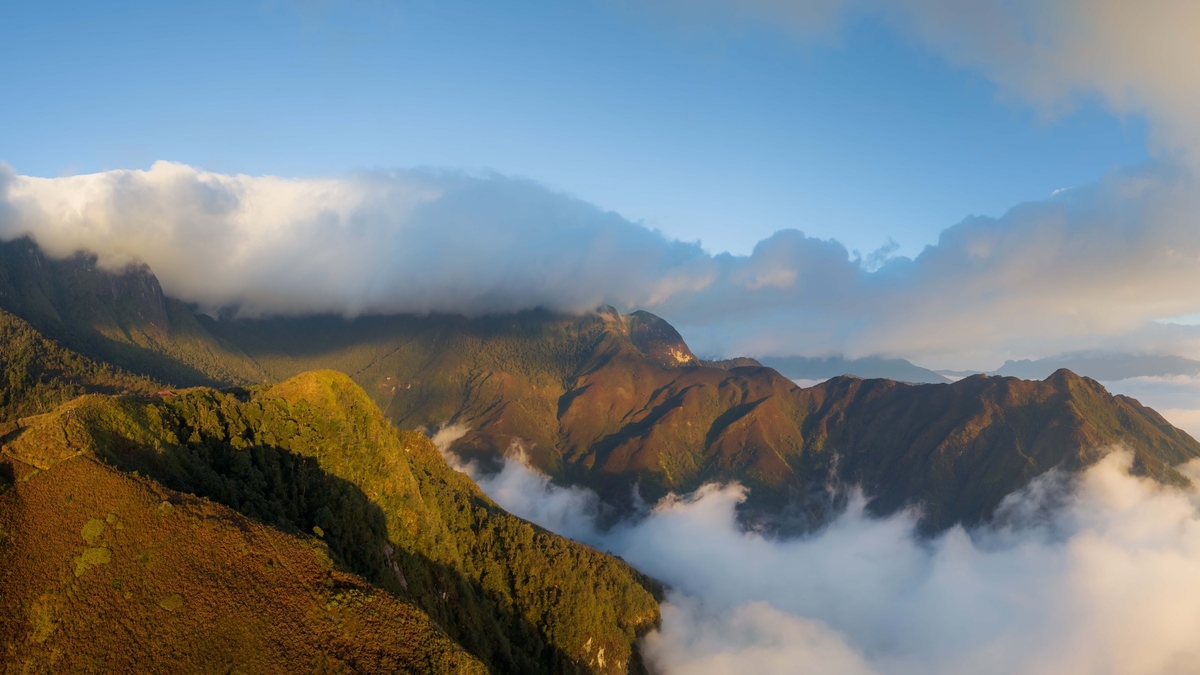
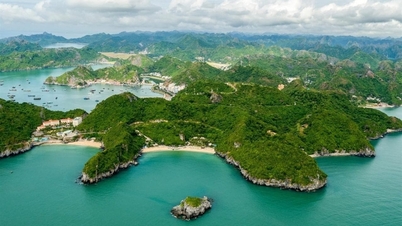

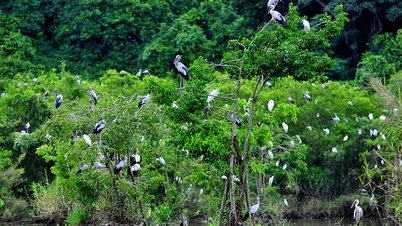

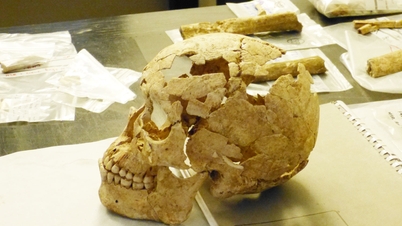

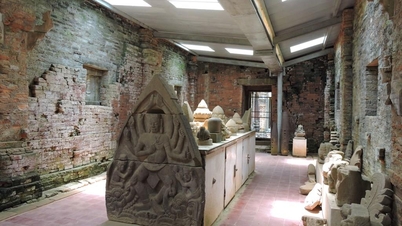



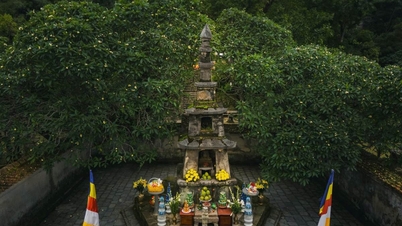

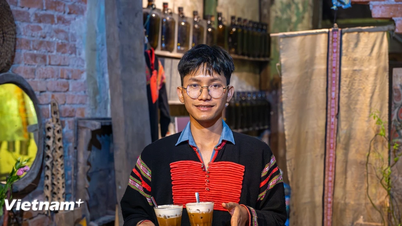

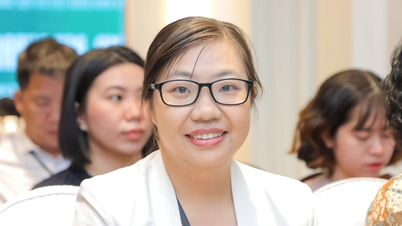

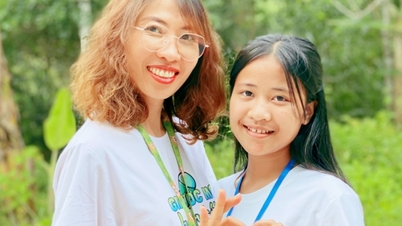
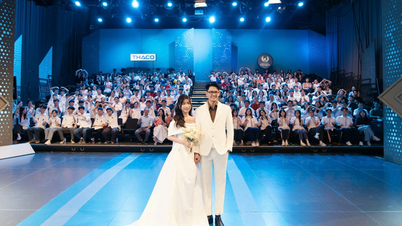

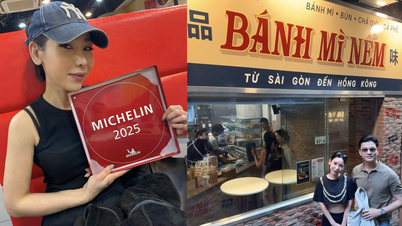

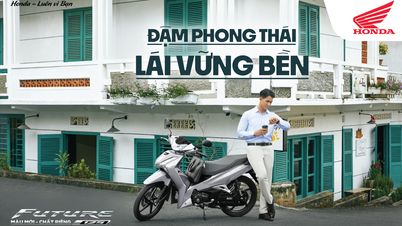
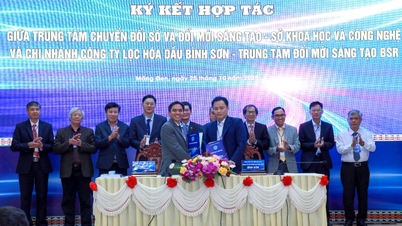
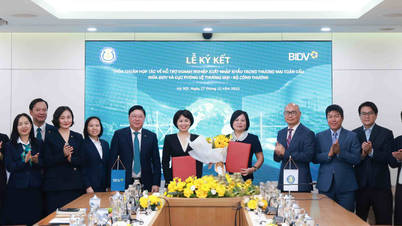
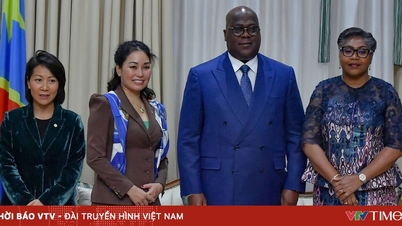








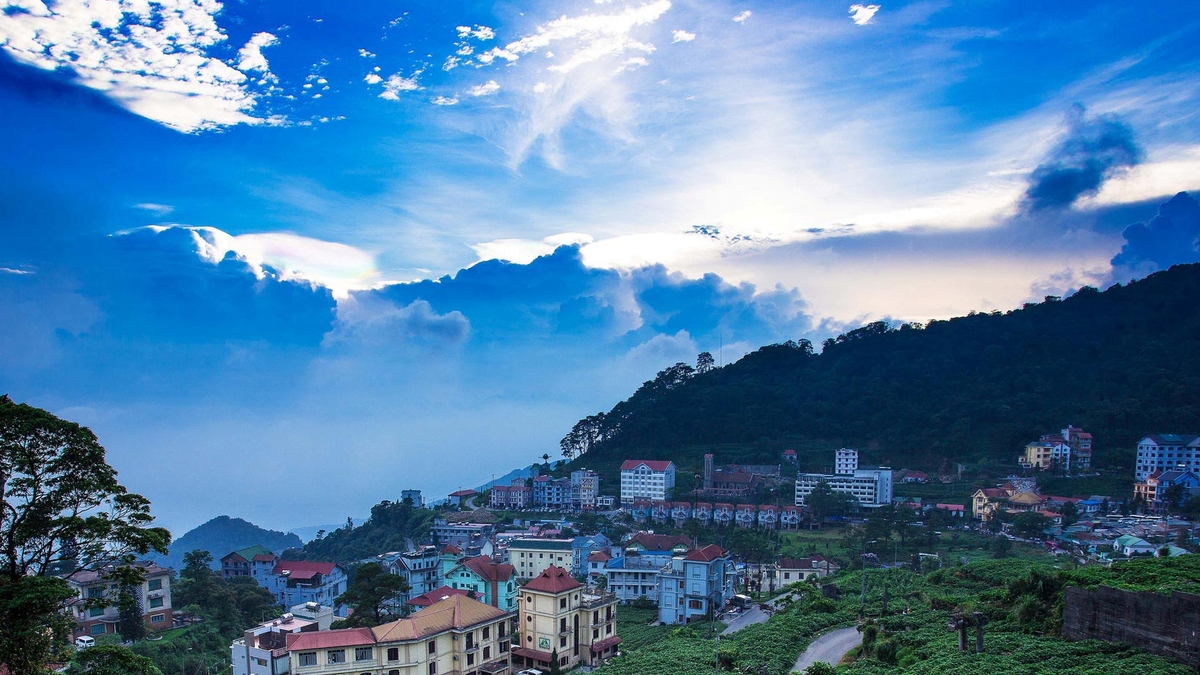
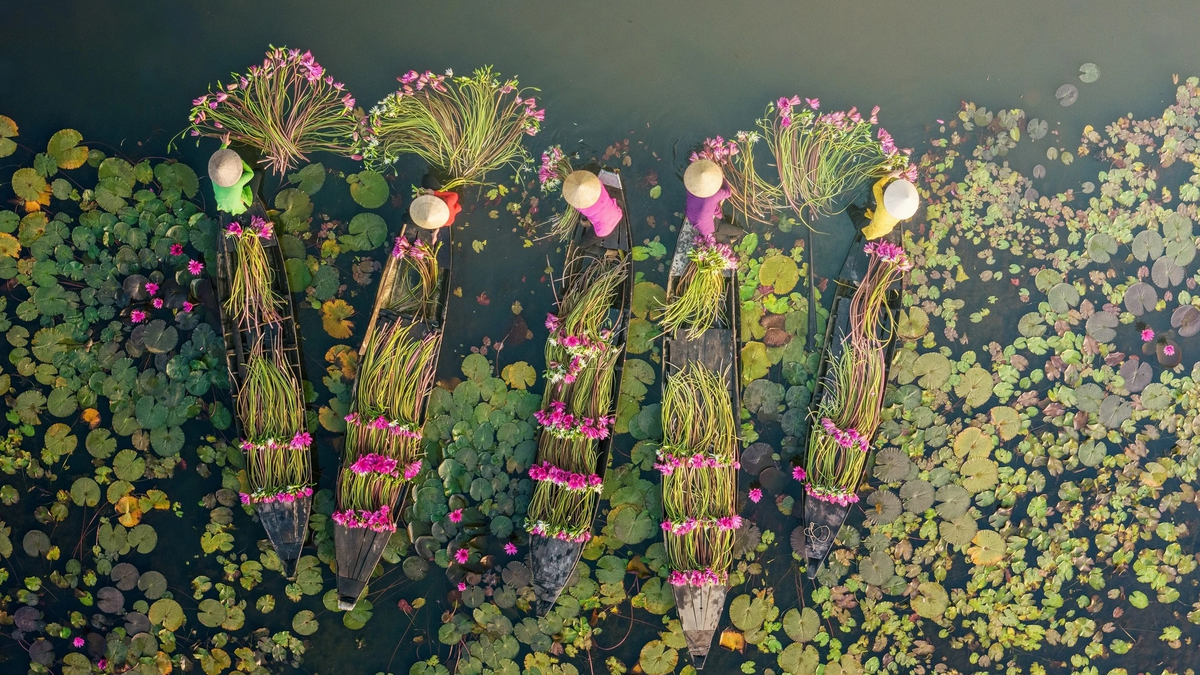
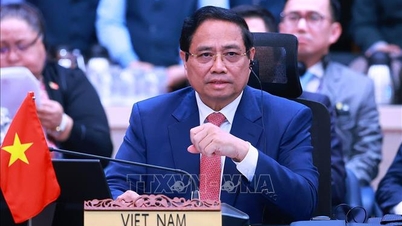

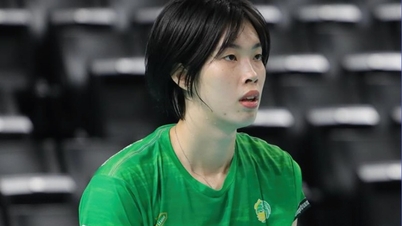


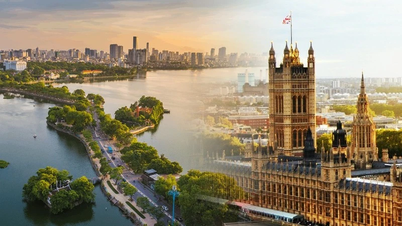

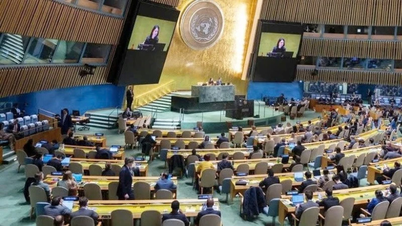

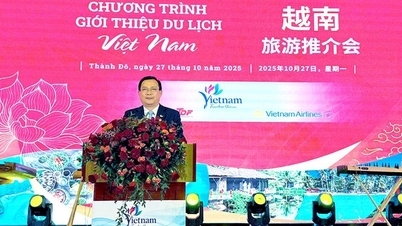

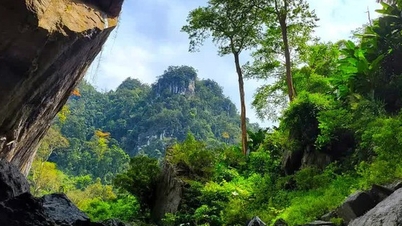
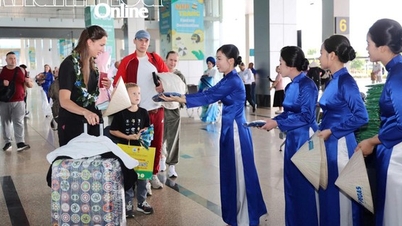
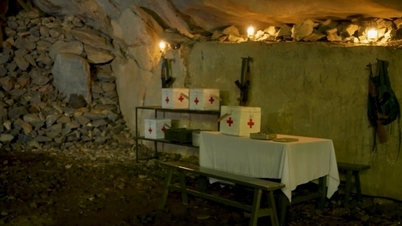
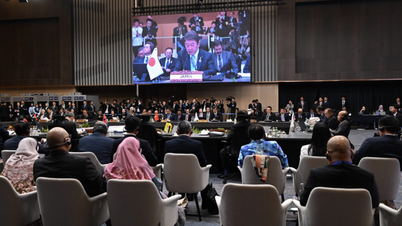

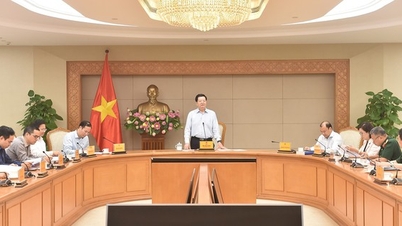
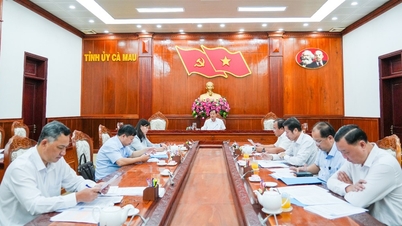
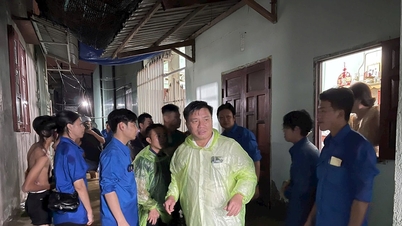

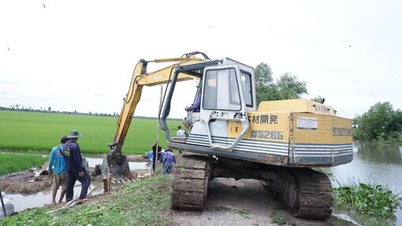

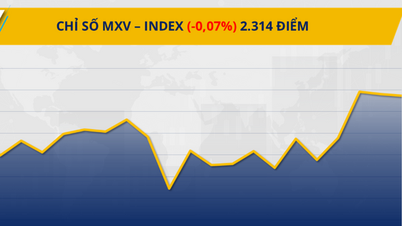



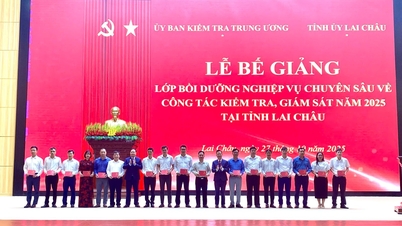















Comment (0)